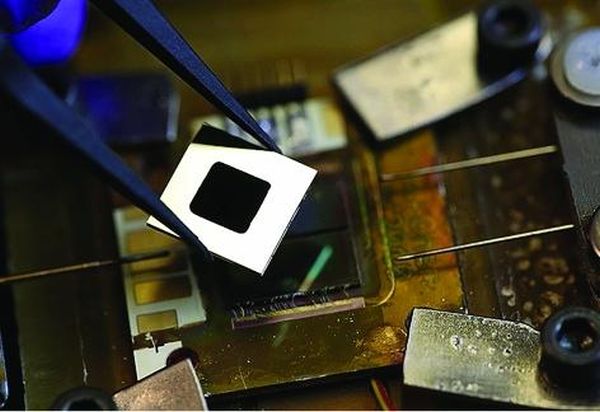MIT engineers create solar device that uses heat to boost output

Researchers from Massachusetts Institute of Technology (MIT) have developed a solar device which will improve the efficiency of solar panels by using heat to produce infrared radiation which can be collected by a conventional photovoltaic cell. According to the researchers, the device take advantage of wavelengths of the sunlight which otherwise is completely wasted. Energy level of a photon should match the characteristic of the photovoltaic material for the converion of photon’s energy into electricity which is reffered as bandgap. However, a basic silicon solar cell doesn’t take advantage of all the photons because Silicon’s bandgap responds to different wavelengths of light, but also tends to miss a lot of them.
The research team used a two-layer absorber-emitter device to be placed over the PV cell made out of novel materials including carbon nanotubes and photonic crystals. The multiwalled carbon nanotubes efficiently gather energy from a wide spectrum of sunlight and turn it to heat. And the photonic crystals convert the heat back into light at desired wavelengths which matches the bandgap of the adjacent PV cells. Tests conducted by scientists found out that peak efficiency was reached when the device’s intensity was parallel to a focusing system which concentrates sunlight by a factor of 750, heating the absorber-emitter to a temperature of 962ºC.
Via: AZOcleantech


